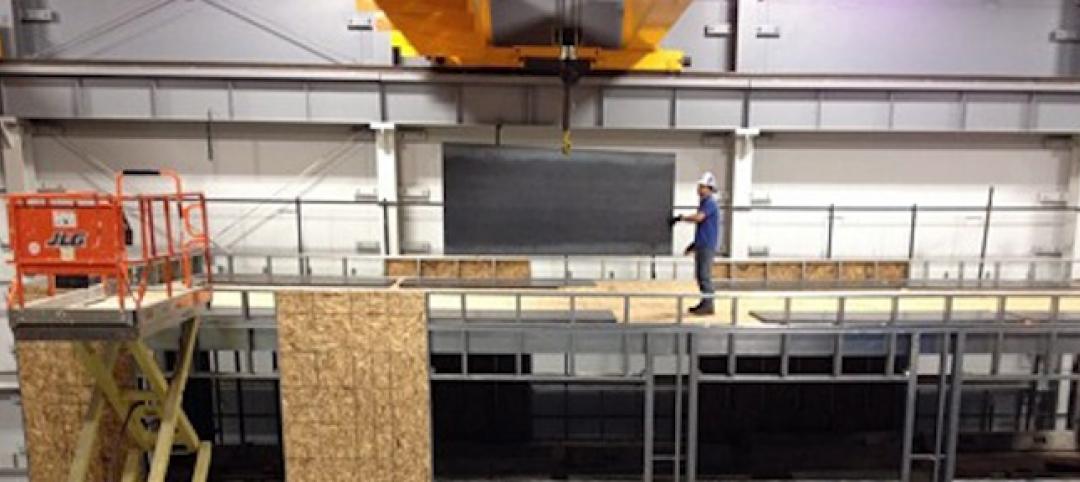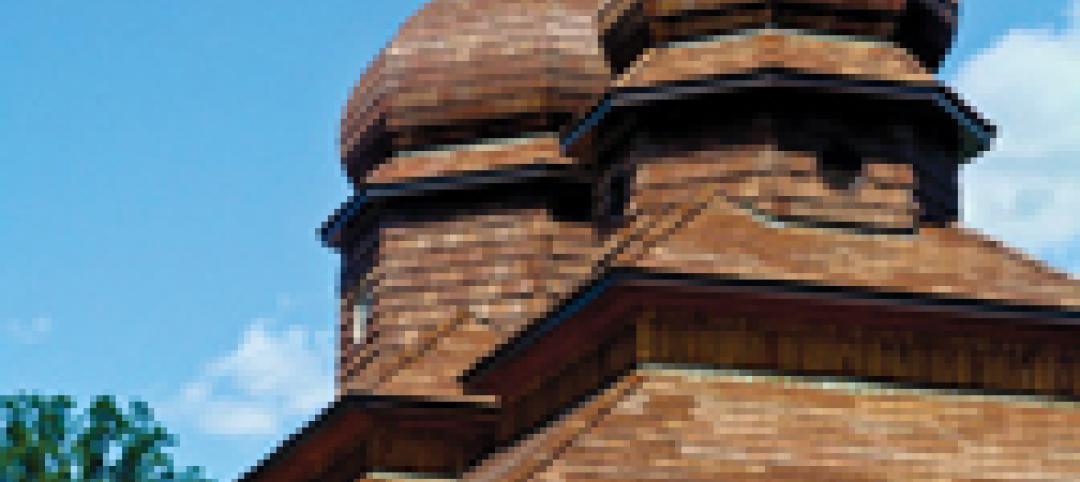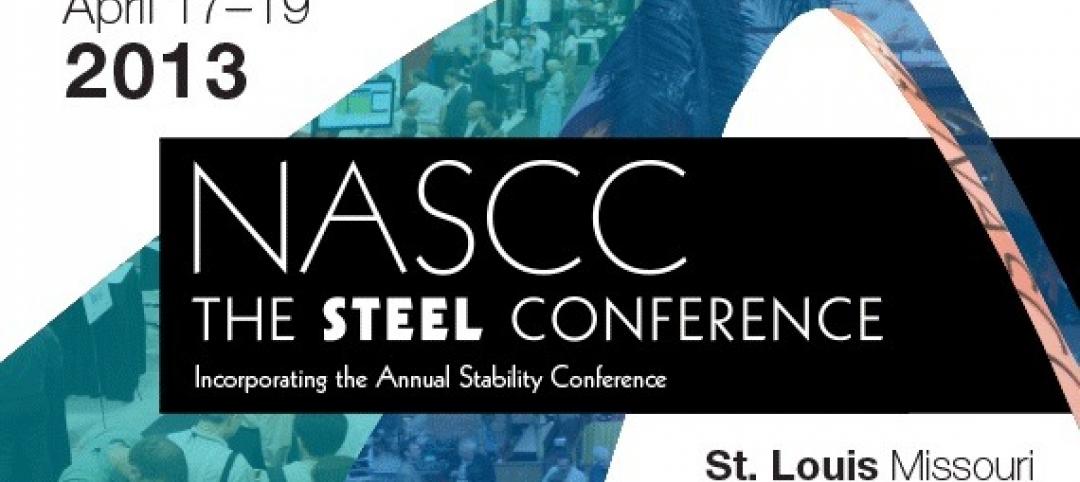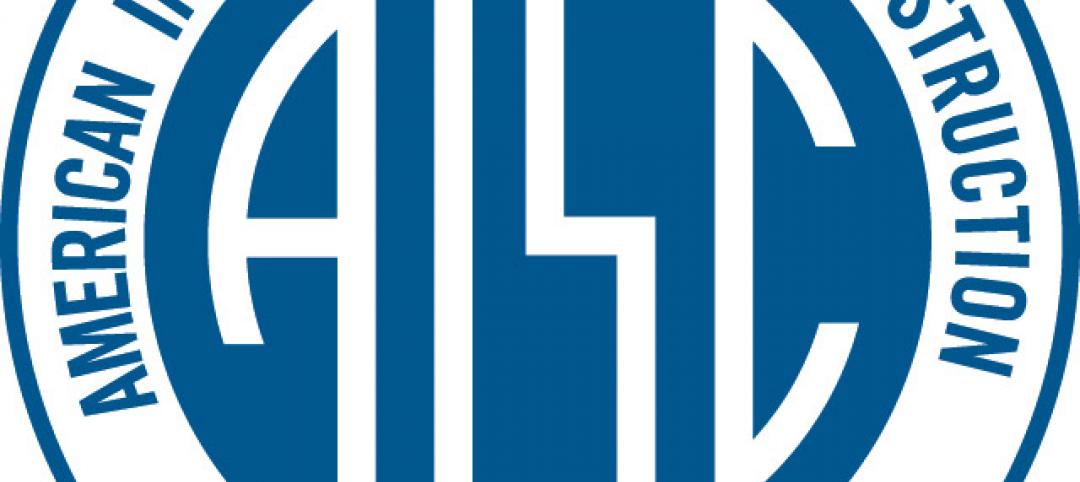Sacramento International Airport’s Central Terminal and Concourse B is the largest public construction capital improvement project undertaken by Sacramento County to date. This $1.04 billion terminal modernization project, called the “Big Build,” is comprised of two individual buildings.
The facility boasts a new landside Central Terminal and the new 19-gate airside Concourse B, which are connected by an automated people mover. The two structures house passenger processing, international arrivals, passenger security checkpoints, in-line baggage screening, and more than 42,000 sq. ft of passenger amenity space. The design was inspired by the area’s rich history and culture. The design team at Corgan Associates in association with Fentress Architects created a world-class airport and a gateway to the Central Valley region while capturing a unique sense of place that represents Sacramento. In addition, the facility was designed with sustainability in mind. The result is a bright and airy space with abundant natural daylight reducing the need for artificial lighting and decreasing internal energy use. The project ultimately achieved LEED Silver certification.
For the terminal’s central spine, at left, field erection was sequenced to utilize the rigidity of the X-girders to minimize movements and the need for extensive temporary bracing. Photo courtesy of Buehler & Buehler Structural Engineers, Inc.
The exposed structural steel roof framing members create a dynamic rhythm of light and shadow, an effect inspired by Sacramento’s tree-lined streets. Wayfinding was integral to the design with unobstructed views across the public spaces, a visual connection to the central circulation spine, and ample outdoor views. The use of architecturally exposed structural steel (AESS) enhances the unique architectural expression and its use, prominent throughout the public areas, and achieved the desired visual quality. Achieving a roof structure reminiscent of a tree canopy for the Central Terminal involved the use of curved tapered steel plate girders spanning 120 feet which dynamically intersect in the middle of the structure.
In the concourse, the tapered steel plate girders span over 90 feet and include complex double curvature geometry to sculpt a roof structure that emulates the rolling hills surrounding Sacramento. Architectural detailing in both buildings included cladding the structural columns with steel plates to enhance structural performance and to provide concealed electrical and plumbing raceways.
For the terminal’s central spine, field erection was sequenced to utilize the rigidity of the X-girders to minimize movements and the need for extensive temporary bracing. Additionally, the joints provided improved thermal expansion characteristics for the concourse which is nearly one quarter of a mile long. Because much of the steel framing was exposed, the design and construction team worked closely to develop details that achieved the architectural vision and were also efficient to fabricate. The fabricators made extensive use of custom jigs and fixtures to position the members in the shop to minimize welding distortion in cruciform columns and AESS curved roof girders.
Field erection was sequenced to utilize the rigidity of the crossing girders in the central spine of the terminal to minimize the need for extensive temporary bracing. A system of temporary columns, guy cables and “king posts” with turnbuckles was utilized for numerous sloping columns and cantilever members to provide temporary support and fine adjustment of elevation and position.
Project team:
Owner
Sacramento County Airport System
Architect
Corgan Associates, Dallas, Texas, in association with
Fentress Architects, Denver, Colo.
Structural Engineer
Buehler & Buehler Structural Engineers, Inc.,
Sacramento, Calif., and
L.A. Fuess Partners (LAFP), Dallas, Texas
Structural Steel Subcontractors
Schuff Steel, Stockton, Calif., and
Herrick Steel, Stockton, Calif.
Contractors
Turner Construction /
Austin Walsh Construction Joint Venture,
Sacramento, Calif.
For more about the American Institute of Steel Construction, visit www.aisc.org.
Related Stories
| Aug 26, 2013
13 must-attend continuing education sessions at BUILDINGChicago
Building Design+Construction's new conference and expo, BUILDINGChicago, kicks off in two weeks. The three-day event will feature more than 65 AIA CES and GBCI accredited sessions, on everything from building information modeling and post-occupancy evaluations to net-zero projects and LEED training. Here are 13 sessions I'm planning to attend.
| Aug 21, 2013
2013 edition of Selected ASTM Standards for Structural Steel Fabrication now available
The 2013 edition of Selected ASTM Standards for Structural Steel Fabrication (AISC 503-13) is now available from the American Institute of Steel Construction in paper format for just $225 for AISC members and $450 for non-members at www.aisc.org/astm.
High-rise Construction | Jul 9, 2013
5 innovations in high-rise building design
KONE's carbon-fiber hoisting technology and the Broad Group's prefab construction process are among the breakthroughs named 2013 Innovation Award winners by the Council on Tall Buildings and Urban Habitat.
| Jun 14, 2013
Purdue, industry partners test light steel framing for seismic safety
A partnership of leading earthquake engineering researchers from top U.S. and Canadian universities and design professionals from the steel industry have begun the final phase of a three-year project to increase the seismic safety of buildings that use lightweight cold-formed steel for their primary beams and columns.
| May 22, 2013
New ASTM standard enhances hollow structural sections
ASTM A1085 is a big step forward in simplifying HSS design and usage, thereby making it a more desirable option for HSS.
| May 1, 2013
New AISC competition aims to shape the future of steel
Do you have the next great idea for a groundbreaking technology, model shop or building that could potentially revolutionize the future of the steel design and construction industry? Enter AISC's first-ever Future of Steel competition.
| Apr 19, 2013
Must see: Shell of gutted church on stilts, 40 feet off the ground
Construction crews are going to extremes to save the ornate brick façade of the Provo (Utah) Tabernacle temple, which was ravaged by a fire in December 2010.
| Mar 29, 2013
Top industry professionals to receive awards at NASCC: The Steel Conference
On April 17, Michael F. Engestrom, Dann H. Hall, Michael A. West, Stephen A. Mahin, Wallace W. Sanders, Jr., Mark V. Holland, Steven C. Ball, Rafael Sabelli, Judy Liu and William J. Wright will be recognized by the American Institute of Steel Construction (AISC) for their exceptional contributions to the advancement of the structural steel design and construction industry.
Building Enclosure Systems | Mar 13, 2013
5 novel architectural applications for metal mesh screen systems
From folding façades to colorful LED displays, these fantastical projects show off the architectural possibilities of wire mesh and perforated metal panel technology.
| Mar 9, 2013
NASCC: The Steel Conference to offer wide array of technology sessions
For the second consecutive year, NASCC: The Steel Conference provides a glimpse into the future of technology in steel construction with the Technology in Steel Construction Conference (TSCC). This special track features nine informative sessions that focus on advanced technology use throughout the steel construction industry, from various topics on building information modeling (BIM) to interoperability.














